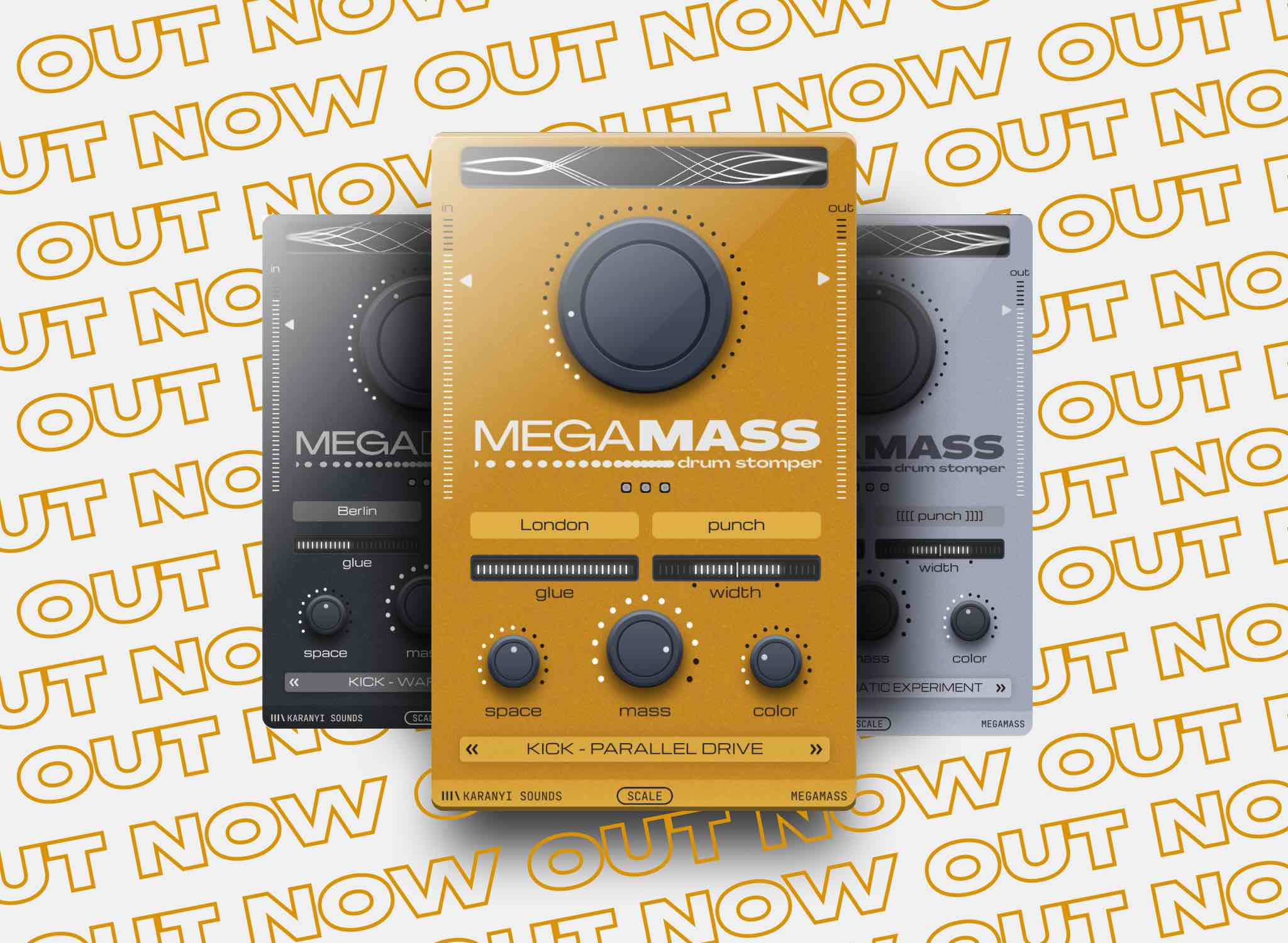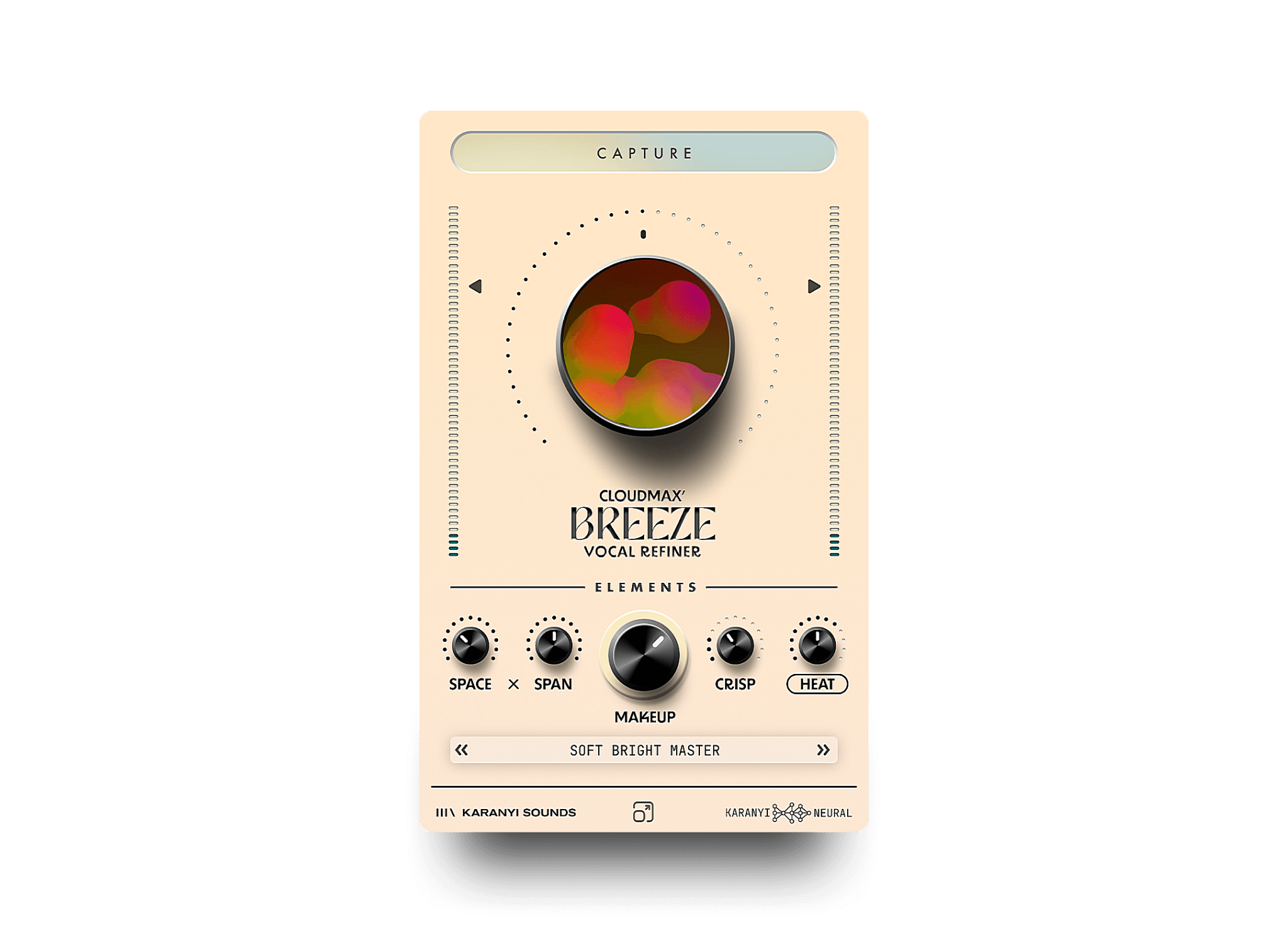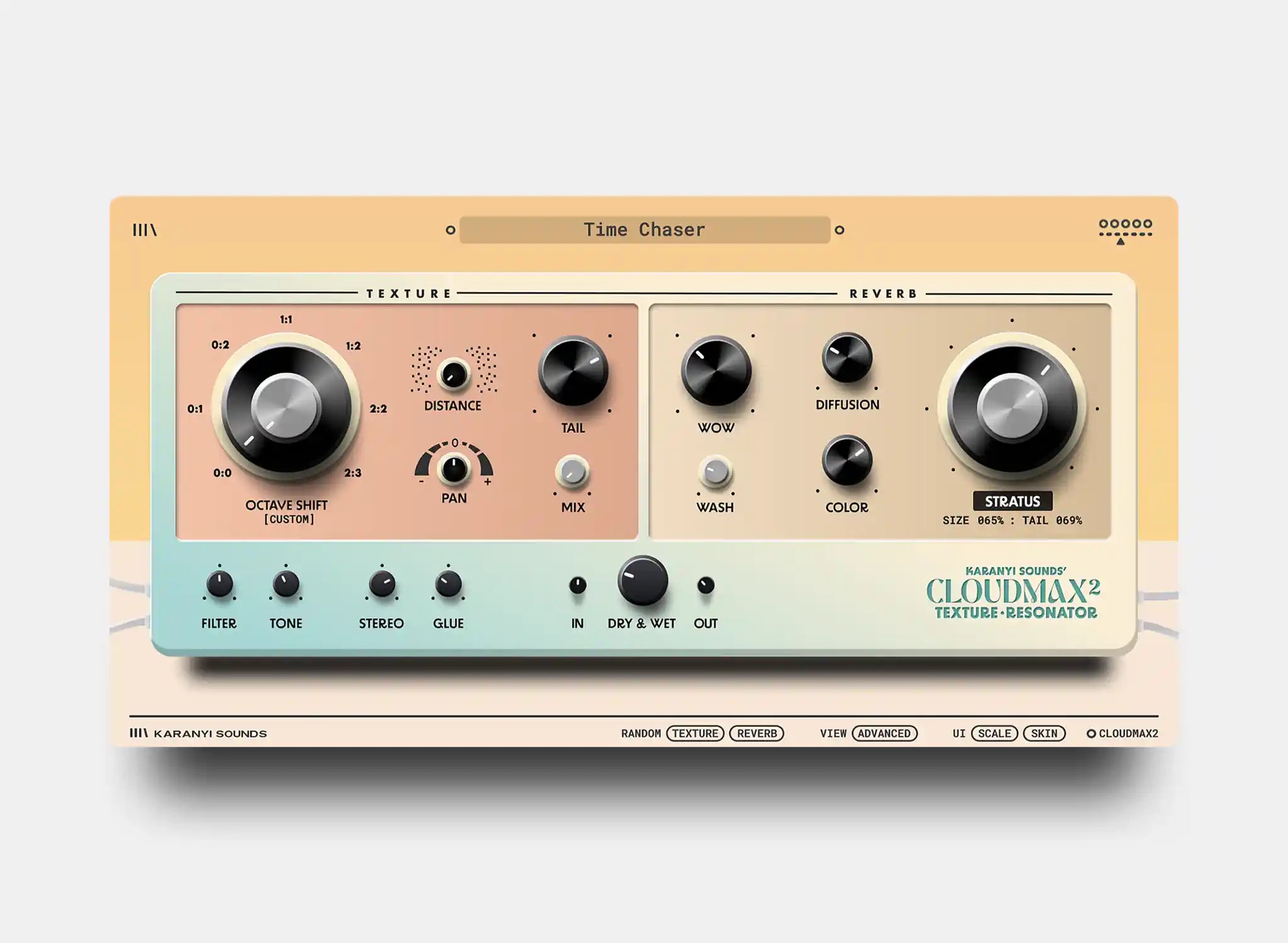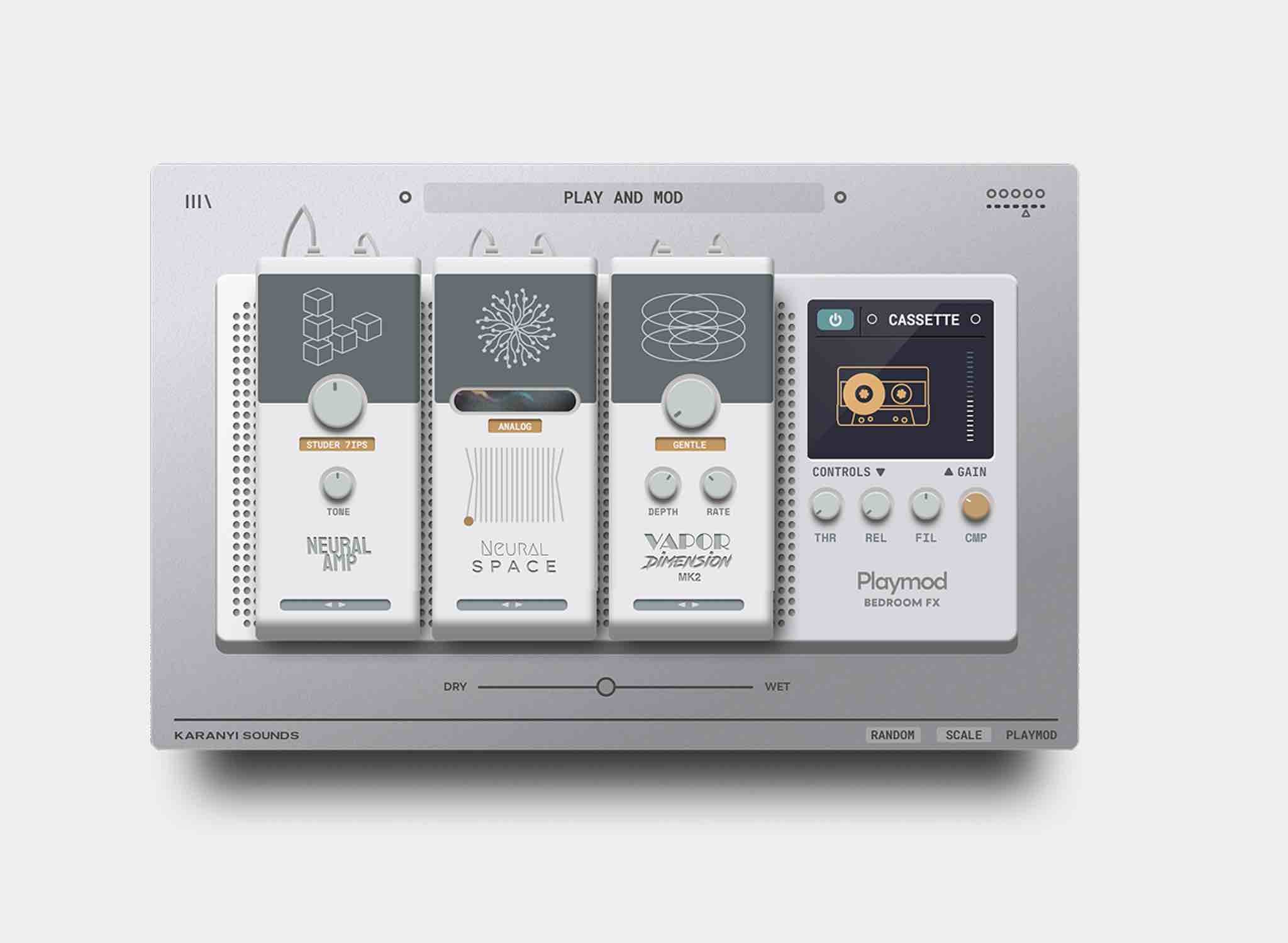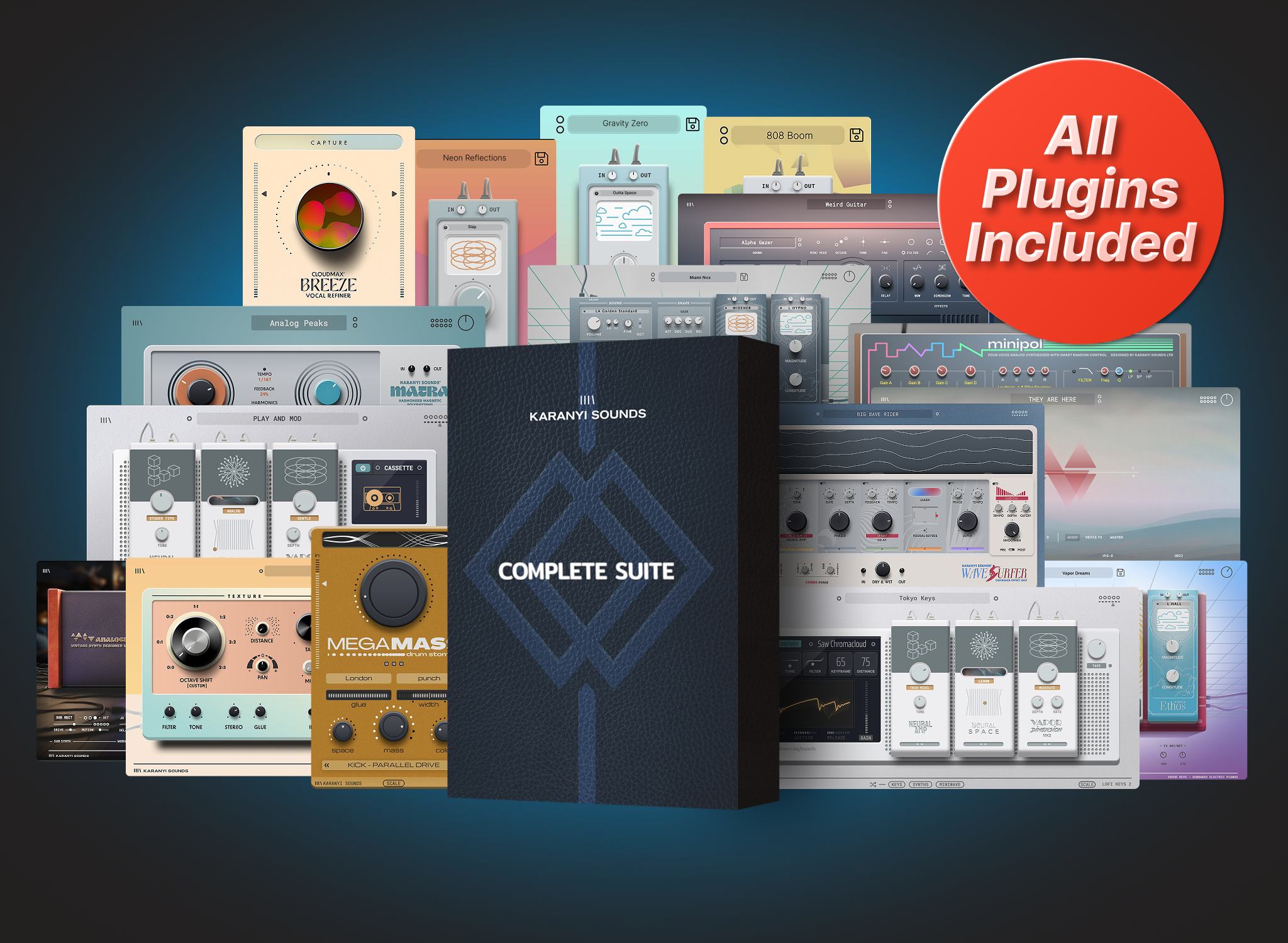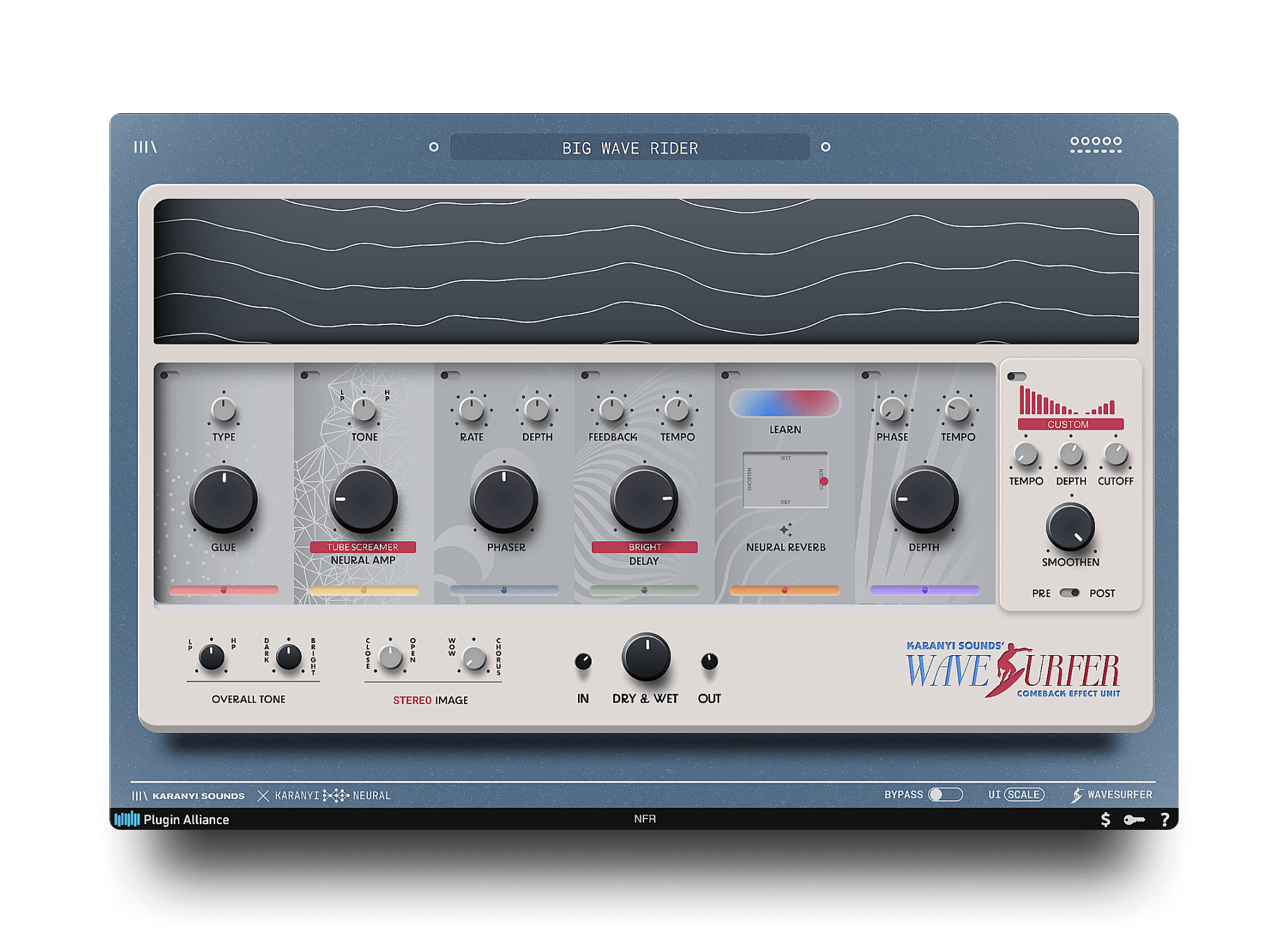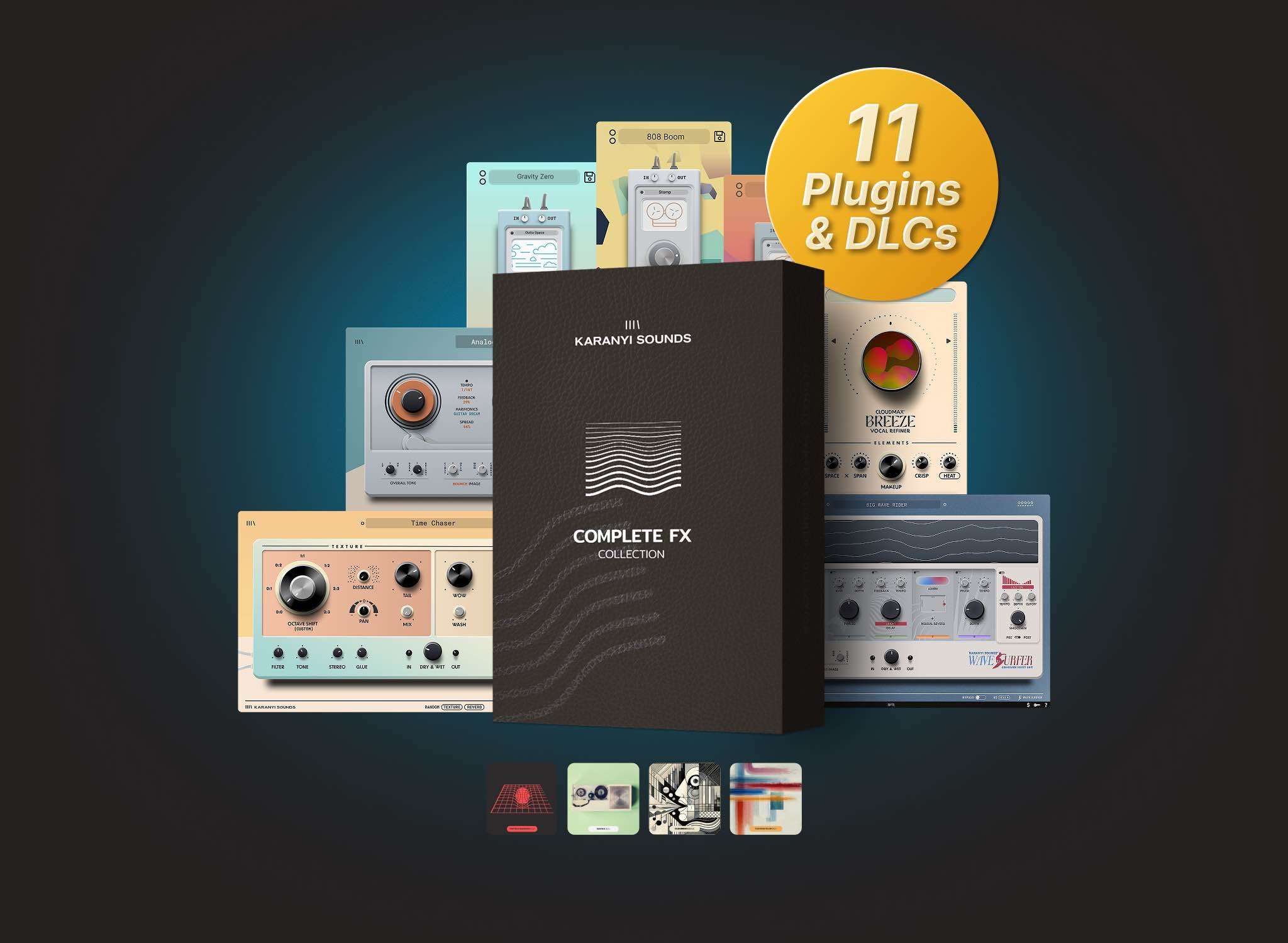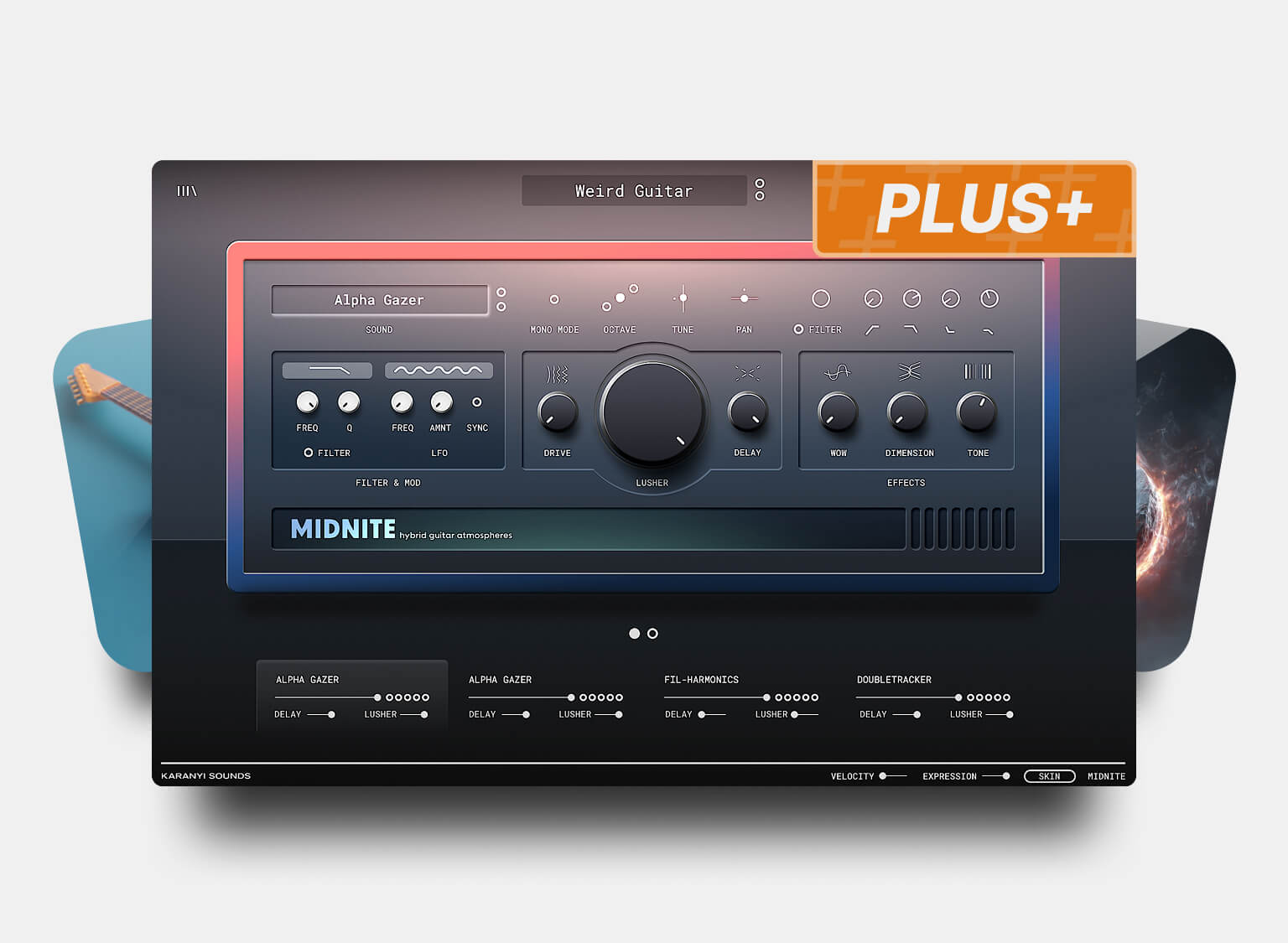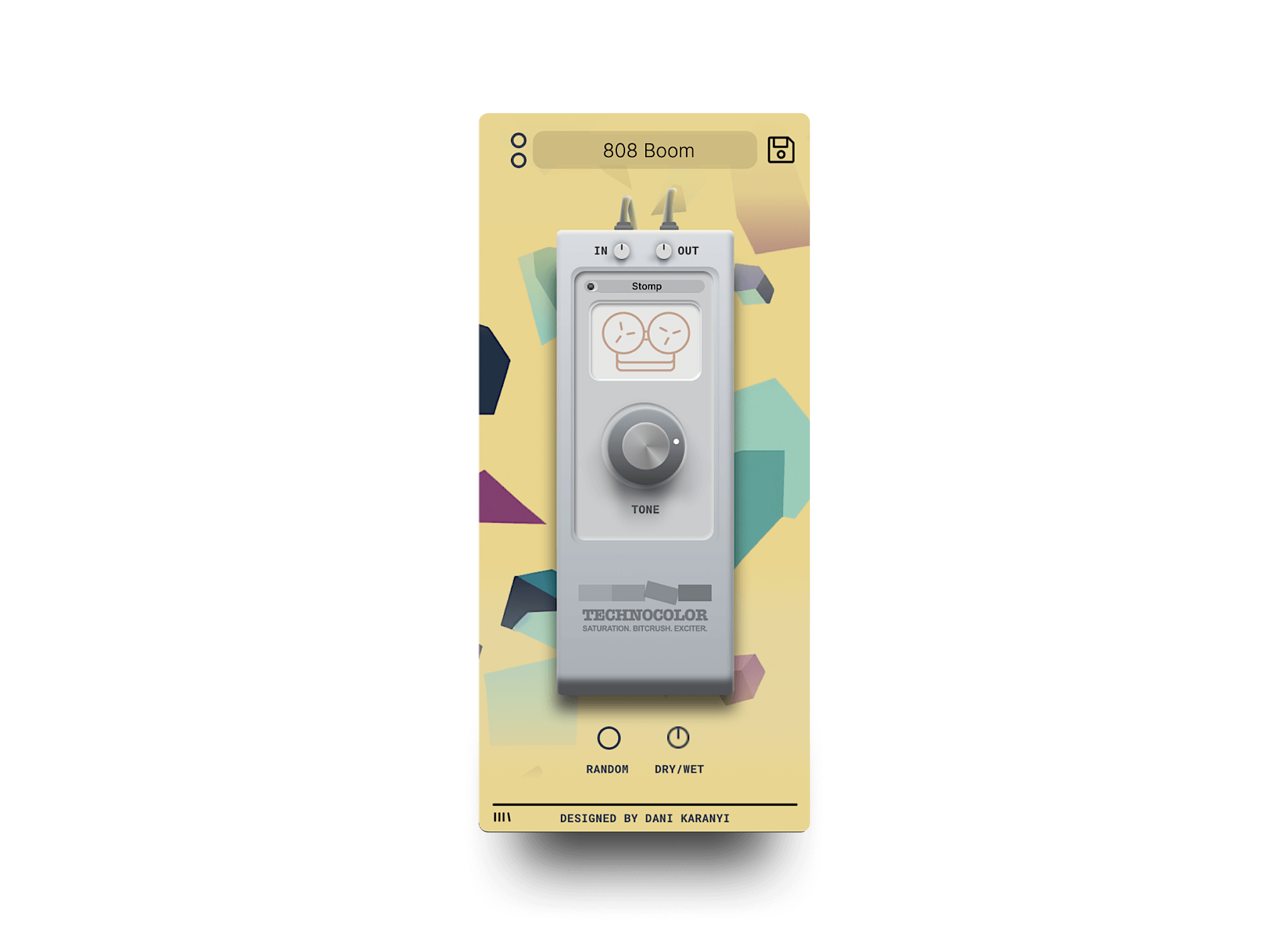
Marketing Graphic Designer (Music/Audio Focus) - Remote, Project-Based)
We’re looking for a marketing-focused graphic designer with a music background to create campaign assets (banners, newsletters, PPC ads) in Figma — project-based or retainer, remote worldwide (EU p...

Webshop Update — Everything You Need to Know
A Note from Dani, Founder of Karanyi Sounds It’s been quite a journey over the past six years. During this time, we've built close to fifty virtual instruments and plugins — and it still feels surr...

Kontakt Instruments & Legacy Product Access — Everything You Need to Know
As part of our webshop migration, we've made some long-term decisions about how we offer and maintain our product catalog — especially when it comes to our legacy products and Kontakt-based instrum...
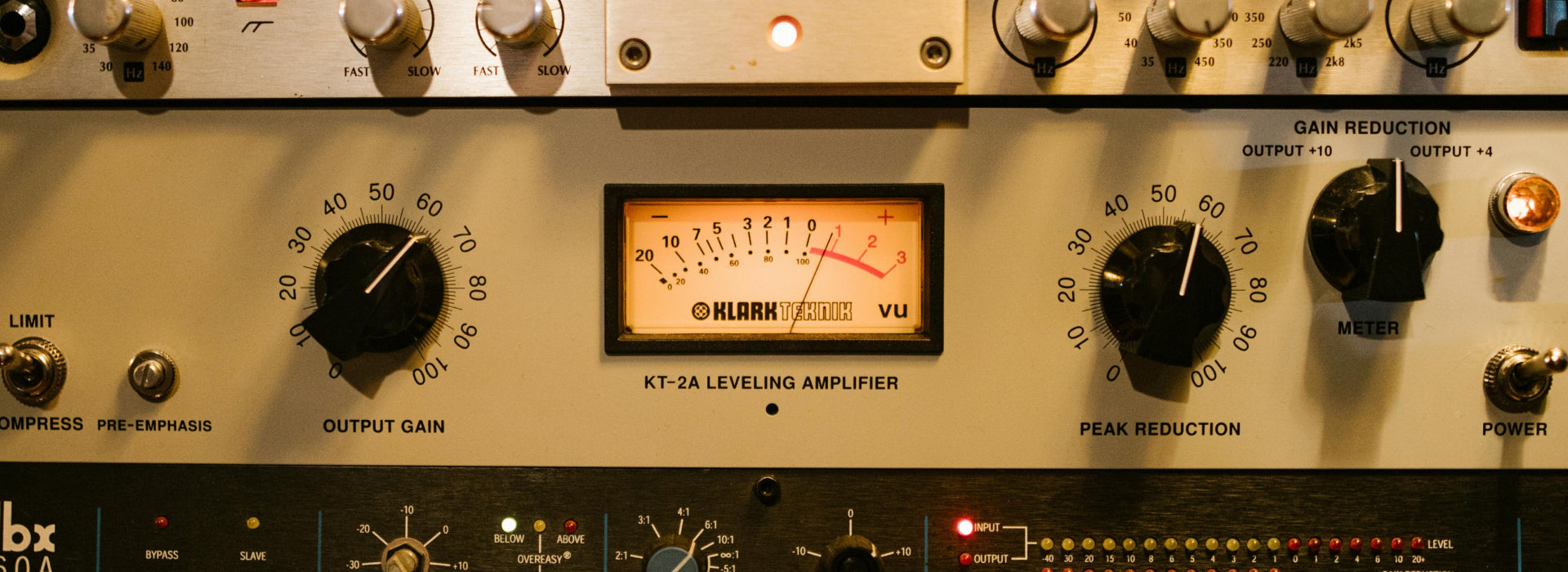
How to Make Space in Your Mix Without Overusing EQ
Mixing is often described as a game of frequency balance, and for good reason. But too often, producers fall into the trap of overusing subtractive EQ to "carve out space" for every instrument. Whi...
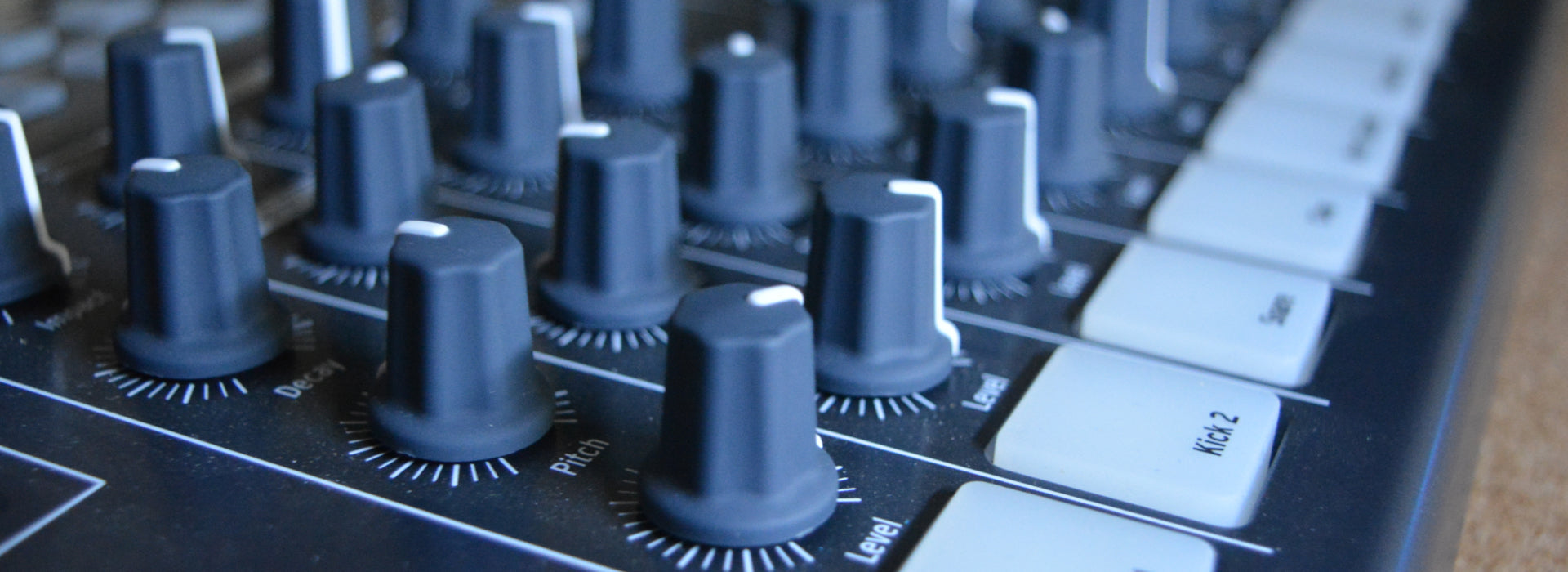
Designing Drums in Modern Electronic Music: From Mindset to Mastery
Drum design is more than just picking a punchy kick. It's about crafting rhythm that matches your track's energy, emotion, and intent. Whether your drums are meant to lead the groove or quietly sup...
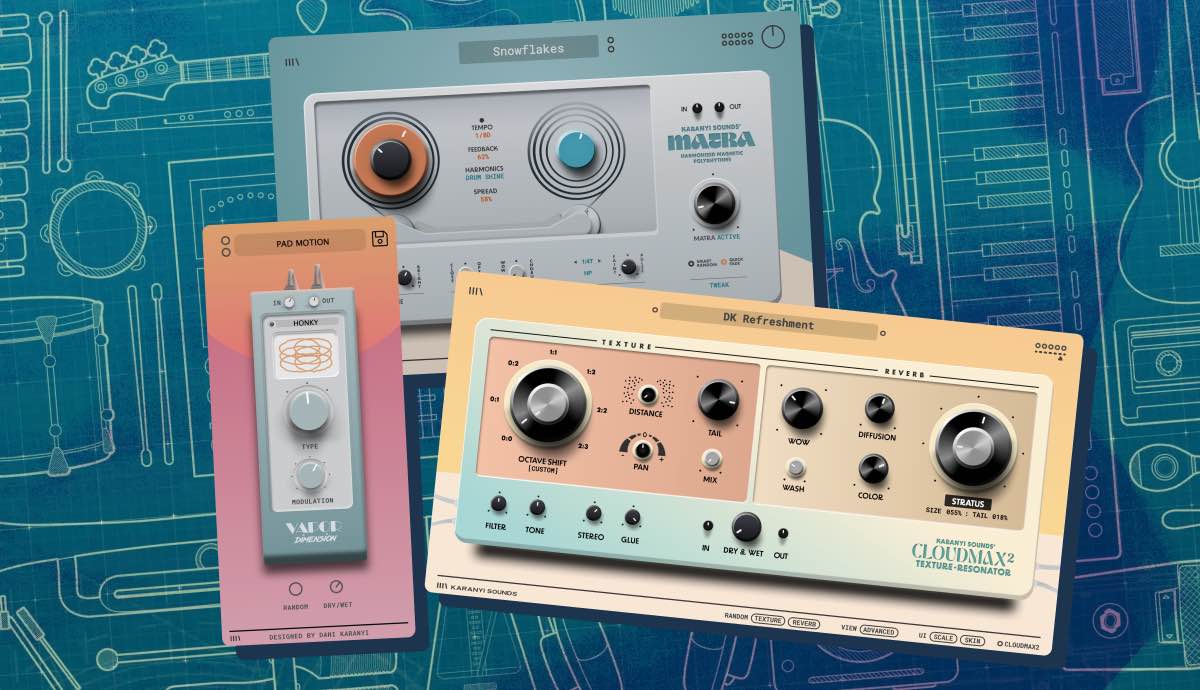
3 Common Reasons Your Mix Still Feels Flat — And How to Fix Them Instantly
Discover three real-world mixing problems and easy fixes using creative FX tools like Vapor Dimension, Cloudmax 2, and Matra.

